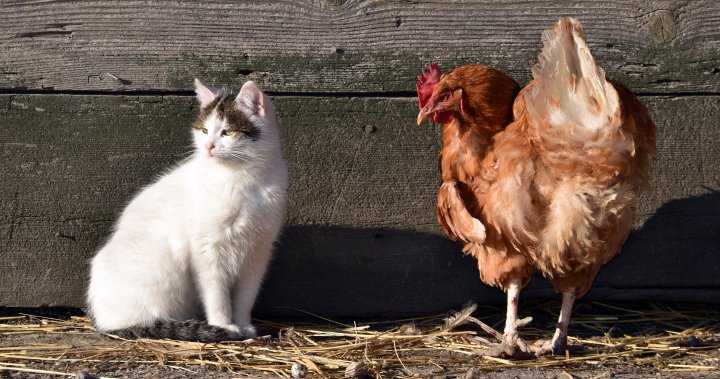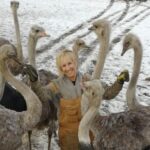The quiet crisis gripping pet owners across Canada has recently intensified as veterinary authorities report an alarming surge in avian influenza cases among domestic cats. What was once considered primarily a threat to birds has evolved into a growing concern for feline companions, catching many households unprepared and raising questions about cross-species transmission patterns.
“We’re seeing a troubling increase in H5N1 cases among cats that have either consumed infected birds or had close environmental contact with the virus,” explains Dr. Michelle Barton, a veterinary epidemiologist with the Canadian Veterinary Medical Association. “The pattern suggests the virus has adapted in ways that allow more efficient transmission to mammals, which warrants heightened vigilance from pet owners.”
The outbreak has been particularly pronounced in coastal regions and areas with significant wild bird populations. British Columbia reported a 47% increase in suspected cases over the past three months, while Ontario veterinary clinics have documented over 30 confirmed infections since January—numbers that experts at CO24 Business confirm represent a significant departure from historical patterns.
Symptoms in infected cats typically appear within 2-5 days of exposure and include lethargy, respiratory distress, neurological abnormalities, and in severe cases, sudden death. The Canadian Food Inspection Agency has emphasized that while the risk to humans remains low, the situation requires monitoring as each cross-species transmission provides opportunities for the virus to mutate.
“Indoor cats are generally protected, but outdoor cats or those with access to balconies where birds may visit face increased risk,” notes Dr. James Richardson, Chief Veterinary Officer for the Canada News Health Monitoring Program. “We’re particularly concerned about rural settings where cats may have access to backyard poultry or wild birds.”
Health authorities recommend several precautionary measures for pet owners. Keep cats indoors when possible, especially in areas with known wild bird die-offs. Prevent cats from consuming wild birds or uncooked poultry. Clean and disinfect any items that may have been in contact with wild birds before allowing pet access. Most importantly, seek immediate veterinary attention if cats show unusual respiratory symptoms or behavioral changes.
The economic implications extend beyond household pets. According to analysts tracking the story at CO24 News, the Canadian pet care industry—valued at over $8.9 billion annually—faces potential disruption as veterinary services adapt to increased testing demands and treatment protocols. Several pet insurance providers have already updated their coverage terms to address the emerging situation.
The international dimension of this threat has not gone unnoticed by World News observers. Similar increases in feline H5N1 cases have been reported across Europe and parts of the United States, suggesting a broader pattern of viral adaptation rather than a localized phenomenon. The World Organization for Animal Health has initiated a coordinated response to monitor and share data on mammalian infections.
Dr. Sarah Peterson, a virologist at the University of Toronto, offers context: “What we’re witnessing is part of a broader ecological shift in how this virus behaves. Each species jump provides opportunities for adaptation, and the cat infections represent a concerning development that bridges wild reservoirs and human environments.”
As we navigate this evolving health challenge, the question remains: have we underestimated the adaptability of avian influenza viruses, and what might this tell us about our preparedness for future zoonotic disease threats that move silently between the animal world and our homes?

























